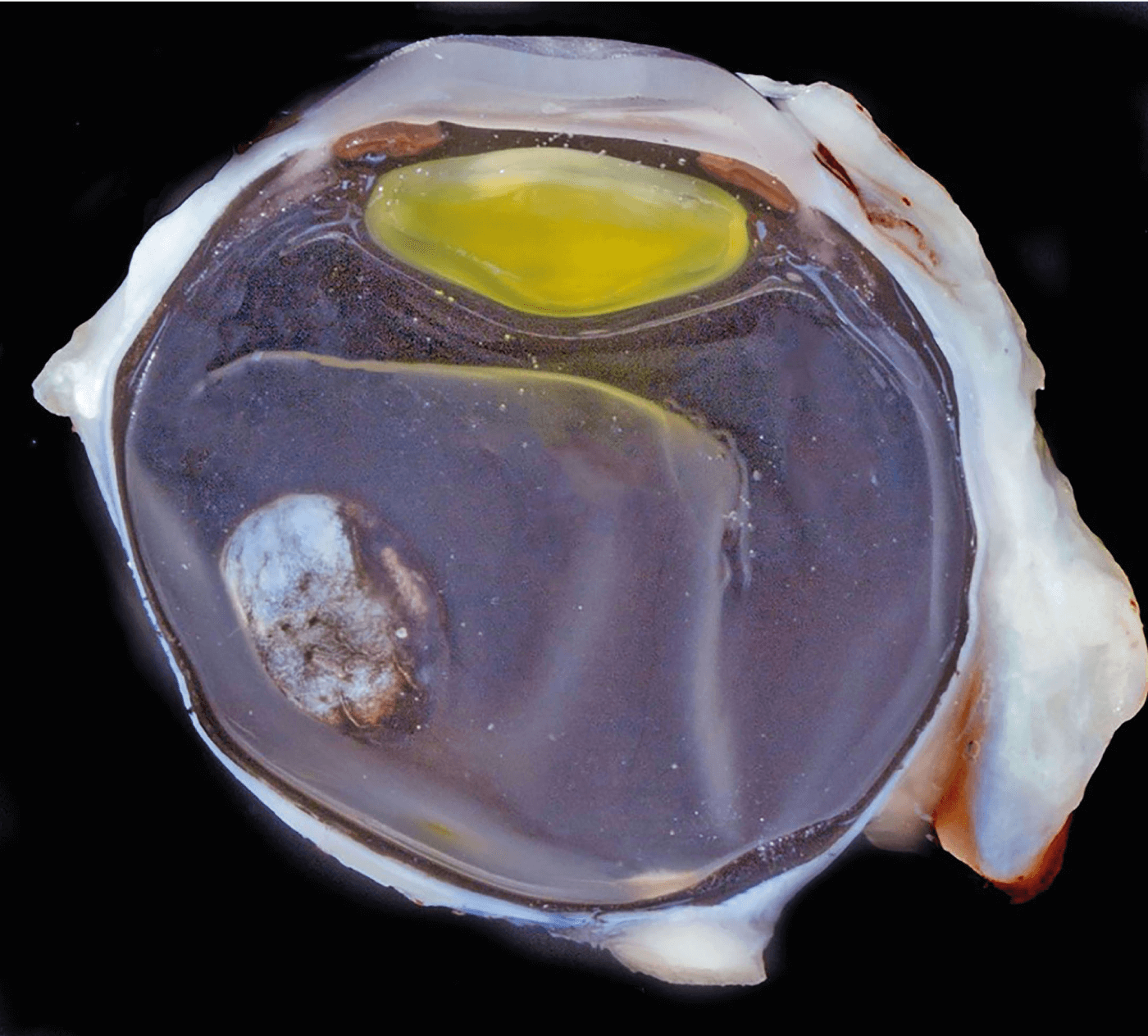
The Zika virus (ZIKV), reported in 86 countries, can be passed to a fetus in pregnancy and cause a range of birth defects, including congenital ocular abnormalities. But does it affect eye development after birth?
Glenn Yiu, Associate Professor in the Department of Ophthalmology at the University of California Davis Eye Center in Sacramento, USA, and Koen Van Rompay, a core scientist at the California National Primate Research Center in Davis, analyzed ocular development of rhesus monkey infants whose mothers had been infected with ZIKV in the first trimester of their pregnancies. Although infants presented several ocular birth defects, such as large colobomas and a loss of photoreceptors or retinal ganglion neurons, their eyes appeared to develop normally in the first two years after birth.
Yiu explains, “Pregnant women who develop viral illnesses, particularly in endemic regions, are encouraged to seek testing for ZIKV and undergo closer monitoring for potential fetal anomalies. We do not yet have a method to prevent maternal transmission to the fetus, but this monkey model is an important first step. Whereas congenital ocular anomalies may cause visual dysfunction or development of amblyopia (lazy eye), our nonhuman primate studies suggest that the ZIKV is no longer active in these eyes [after birth] and that the eyes will likely continue to develop normally in childhood with a low risk for additional or new ocular defects.”
There are currently no specific treatments for ZIKV and, because symptoms – such as fever, rashes, headaches, and joint pain – may resemble other viral infections, it can go undetected until fetal defects are discovered. Yiu comments on potential therapeutic approaches: “There is active research for developing vaccines and antiviral therapies for ZIKV. An important aspect of our study is that infecting pregnant rhesus monkeys with ZIKV can be used as an animal model for testing potential treatments for congenital Zika syndrome.”

References
- G Yiu et al., JCI Insight, 5 (2020). PMID: 33180748.
